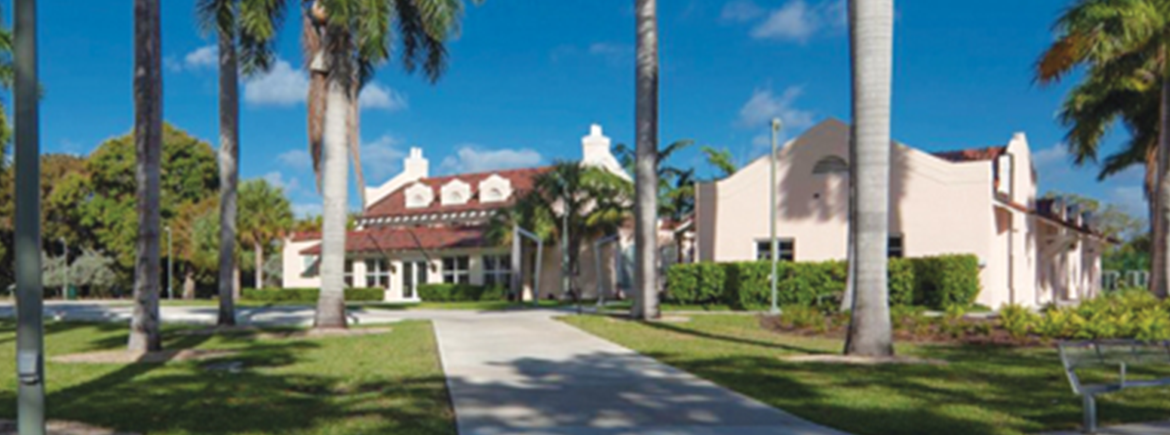Miami Beach is a world-renowned tourist destination, but commissioners are hoping to shift the city’s economy away from dependence on this singular industry.
Covid, Hurricane Irma and the Zika virus are just some events within the past 15 years that have put a damper on visitation dollars, Commissioner Mark Samuelian said at a meeting Friday, and the city needs to find a way to diversify revenue streams.
In October’s Finance and Economic Resiliency Committee meeting, city staff presented an outline detailing multiple channels Miami Beach could explore as a means of generating economic stability outside of the tourism industry. In addition to strengthening new revenue streams, commissioners said, the city should also look to diversify its pull within the tourism industry by promoting arts, culture and daytime activation in addition to the famous nightlife.
John Woodruff, Miami Beach’s chief financial officer, explained to commissioners Friday that staff had sorted the possible revenue streams into multiple “buckets” to make discussion easier. Ideas explored, a commission memo said, included identifying new revenue streams, recruiting new businesses, transforming one-time funds into recurring revenue, increasing reserves and reducing costs.
In July, Mr. Woodruff told commissioners, the city approved a deal with Spectra Partnerships that would allow the company to manage sponsorship and naming rights for the city, including finding a sponsor for the Miami Beach Convention Center, hopefully generating another source of income.
Business recruitment, he said, would also be vital and will be bolstered by Miami Beach’s efforts to incentivize Class A office space. A proposed amendment still being reviewed by the commission and planning board, Miami Today previously reported, would allow the development of buildings up to 75 feet high in areas of Sunset Harbor, Alton Road and Terminal Island, which would give developers enough floor-to-ceiling space to achieve the high ceilings that are in demand for Class A space.
Increasing reserves and insuring tourism revenue, Mr. Woodruff said, were also options staff considered. The city ultimately decided on a form of self-insurance for tourism revenue, he said, but a 2019 policy led to the generation of more reserve funds that ultimately helped the city through the Covid crisis.
“The Resort Tax Fund reserve policy,” the memo explained, “was increased from a goal of 3 months (2 month requirement) to a goal of 6 months (required amount would begin with 2 months and increase over time as a moving floor until it reaches 6 months). The Resort Tax Fund reserve at the beginning of FY 2020 was $15.2 million or 3 months.”
Commissioners asked Mr. Woodruff and staff to provide a more detailed memo in time for the committee’s next meeting Nov. 13, with the intent of continuing the discussion on reducing the city’s dependency on tourism.
Commissioner Ricky Arriola said Miami Beach should look at diversifying revenue within the tourism industry as well as outside of it.
“How do we attract a different type of tourist?” he asked. Throughout the year, he continued, a goal should be to attract business people and families in addition to visitors looking for nightlife.
Mr. Samuelian added that in a new work-from-home world, Miami Beach could leverage its appeal as the ultimate destination to telecommute and work with hotels to promote this image.
However, he said, the focus on driving business in Miami Beach couldn’t just be about tourism.
“We’re always going to have the conversation around tourism and hospitality because that’s who we are,” he said. But city officials, he added, have to be intentional about focusing on and creating quantitative goals around other areas of the economy as well.
Source: Miami Today


